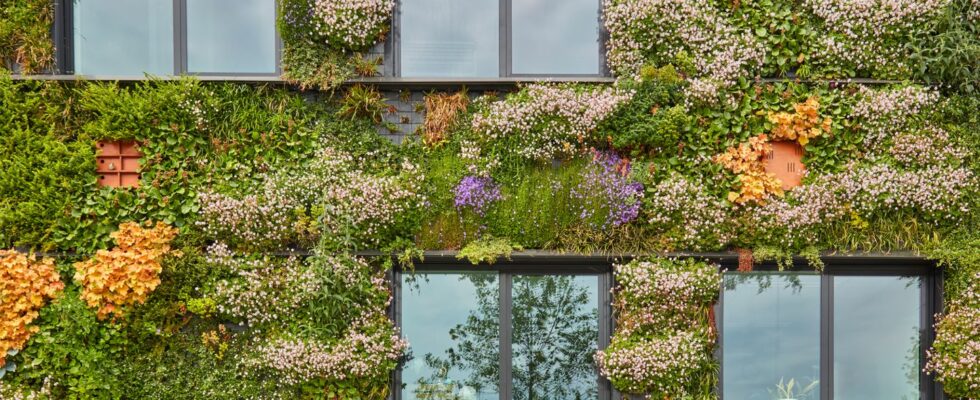The way to make your air conditioning as ecological as possible is surely to do without it… However, with heatwave periods getting hotter and more and more frequent, it can be tempting, even necessary for the populations most at risk. , to lower the temperature in your home by at least a few degrees. Here is an overview of several solutions that are less polluting than a traditional air conditioner.
Thermal insulation and inertia above all
Before wanting to invest in expensive installations which will still have an environmental impact, the first thing to do is to properly insulate your home. By insulating the roof, walls, floors, attic and windows, you will reduce possible thermal bridges in your home, which will not only help to better retain heat in winter, but also to better keep cool in summer.
Along the same lines, certain construction materials have better capacities to store cold or heat and release them. This is called thermal inertia. A strong inertia will thus allow the house to balance its internal temperature during the day despite heat peaks outside, thanks to the cold accumulated at night. Conversely, if it is cold at night, inertia will redistribute the heat accumulated during the day. For good performance, choose dense and heavy materials, such as concrete, stone or brick.
Geothermal energy from the Canadian well
The Canadian, or Provencal, well is a ventilation system that uses geothermal energy. The installation draws in outside air, circulates it through underground ducts, buried several meters deep, then redistributes it inside the house using a blower vent. To distribute the air in all the rooms and bring it out, the Canadian well is often combined with a double flow VMC. The ambient air is thus renewed, cooled in summer and heated in winter. Its implementation is quite complex, and its cost high (around ten thousand euros), but savings will be made later. Indeed, even if the VMC is supplied with electricity, the well itself uses a free and inexhaustible energy resource.
Plants and light coverings
Adopting a green roof or walls is a very aesthetic natural solution which allows, thanks to plants, to improve your thermal – and acoustic – comfort, and to reduce your habitat by several degrees. Plants absorb solar energy, leaving the interior cool, while providing additional insulation. The installation is relatively expensive, with a drainage system and a specific choice of plants, but no energy consumption will be necessary afterwards.
Likewise, you can opt for light coverings on your walls or roof to better reflect the sun’s rays. Other small gestures can be applied on a daily basis, which cost nothing, such as closing curtains, blinds or shutters during the day in summer (in winter, on the contrary, keep them open, but close them at night), or planting trees near your house to benefit from their shade.

